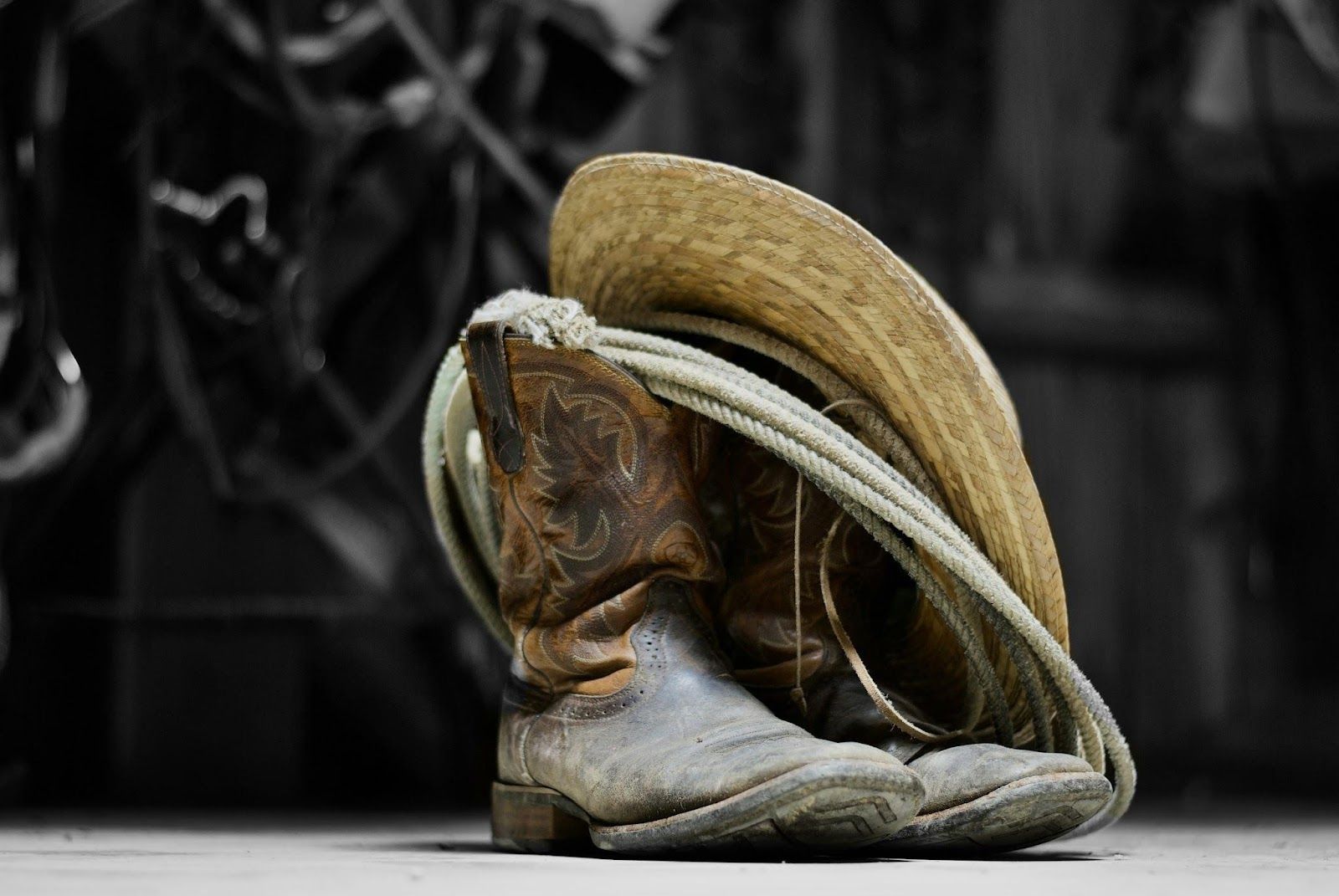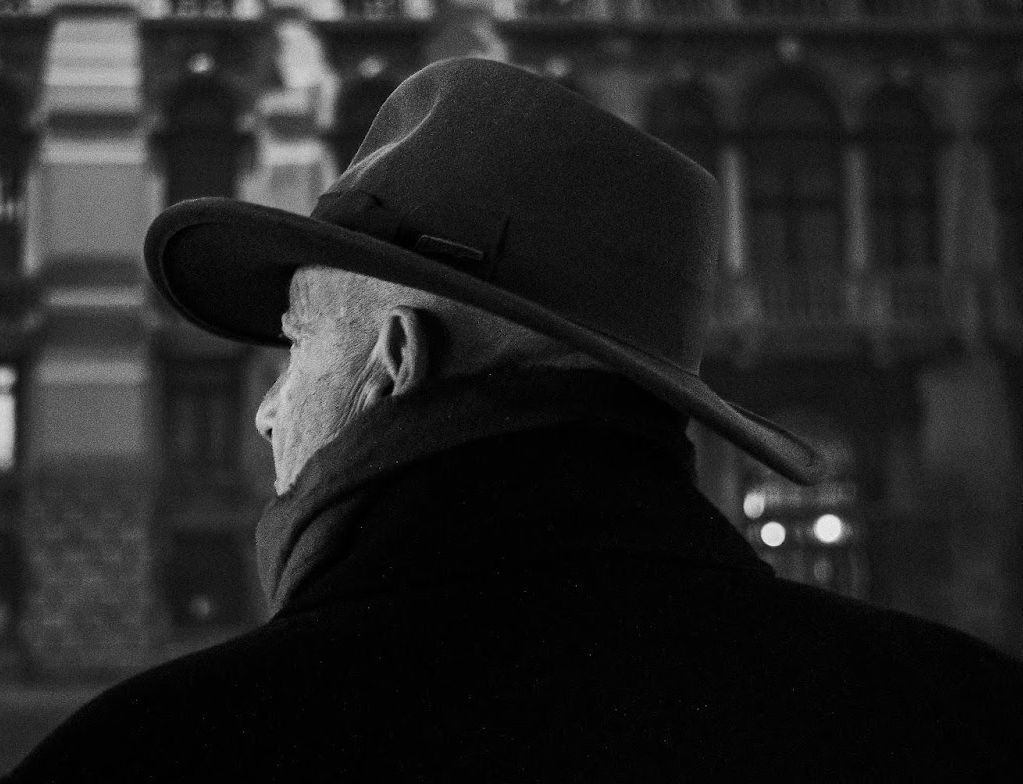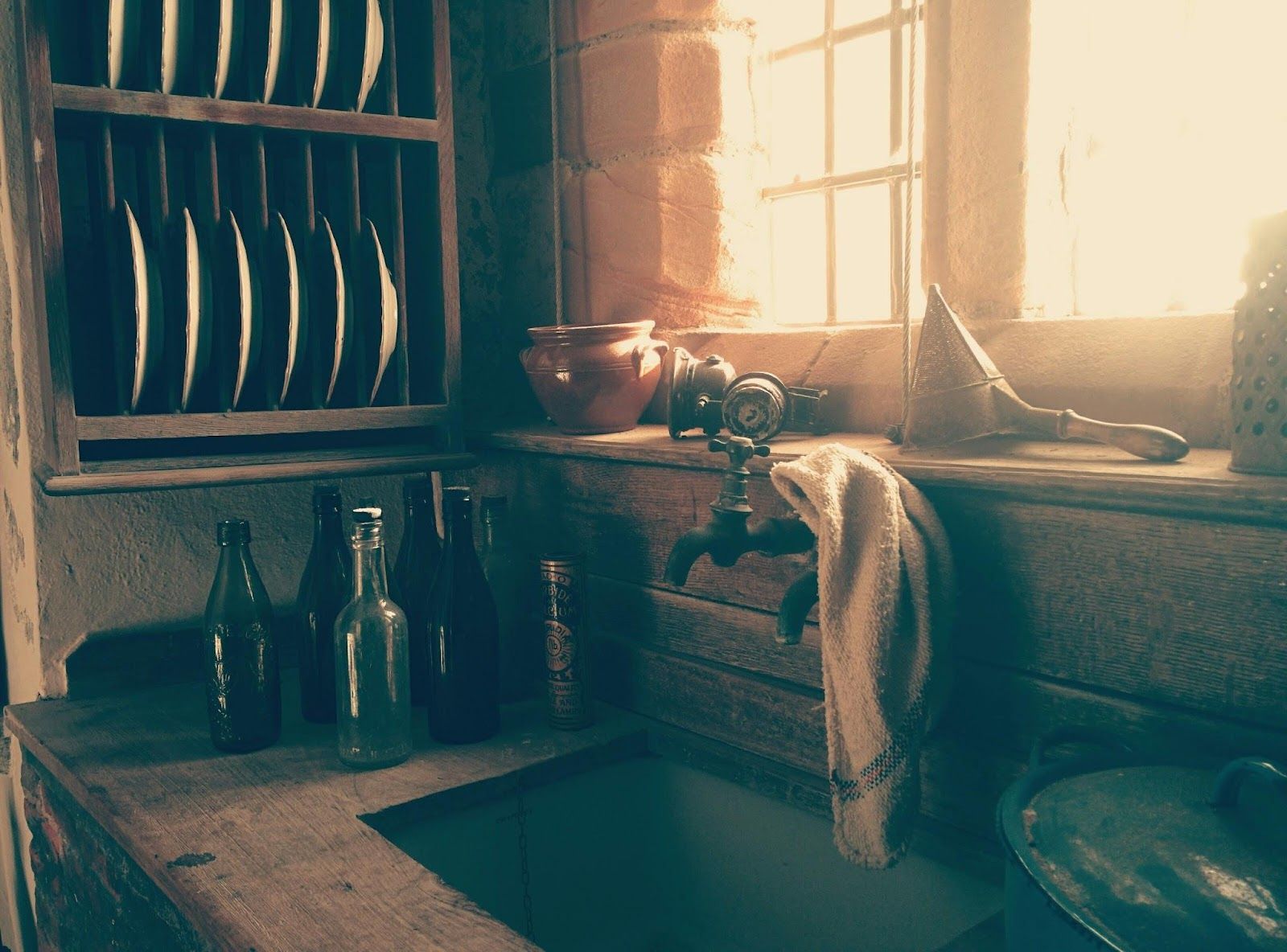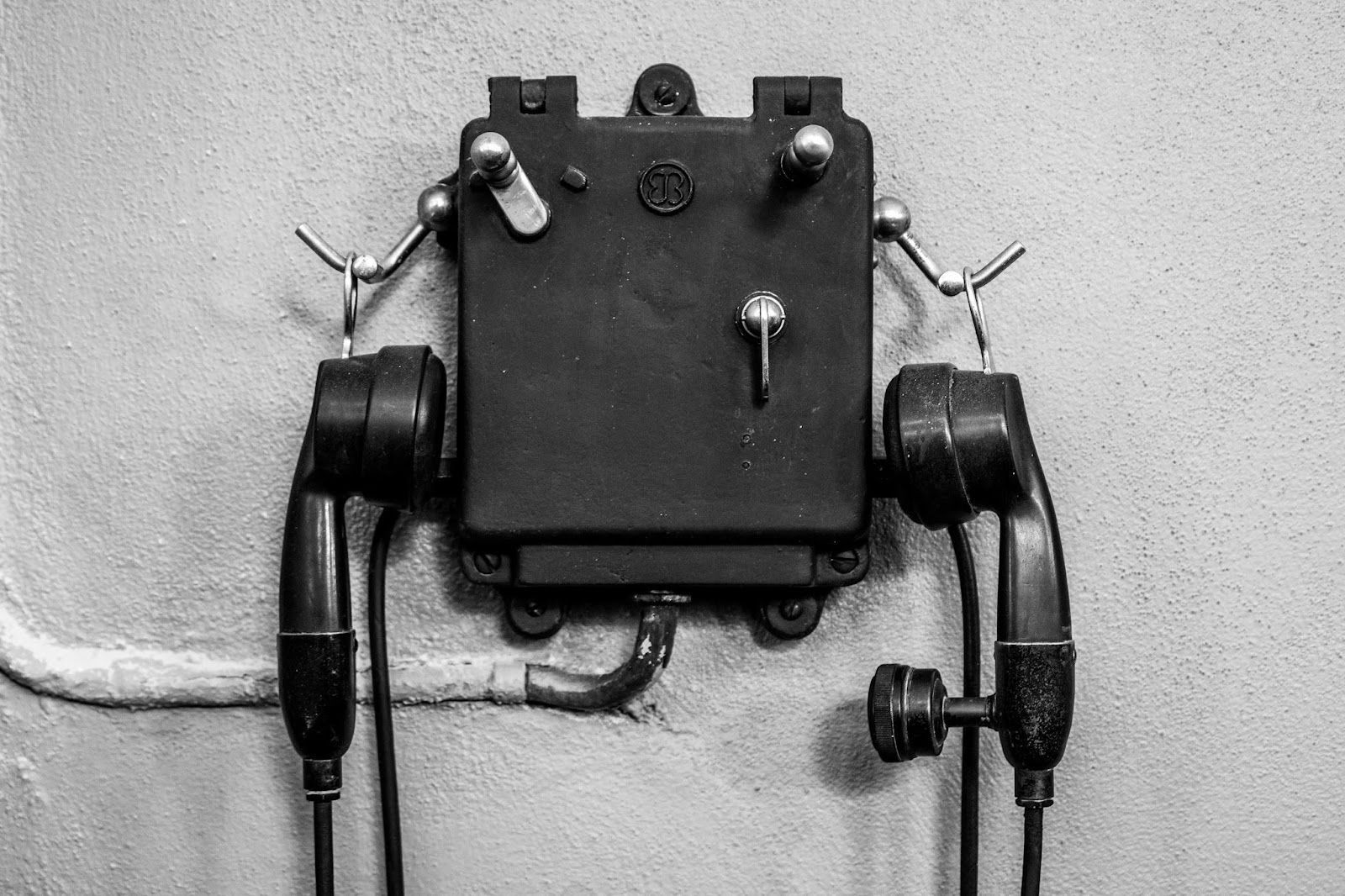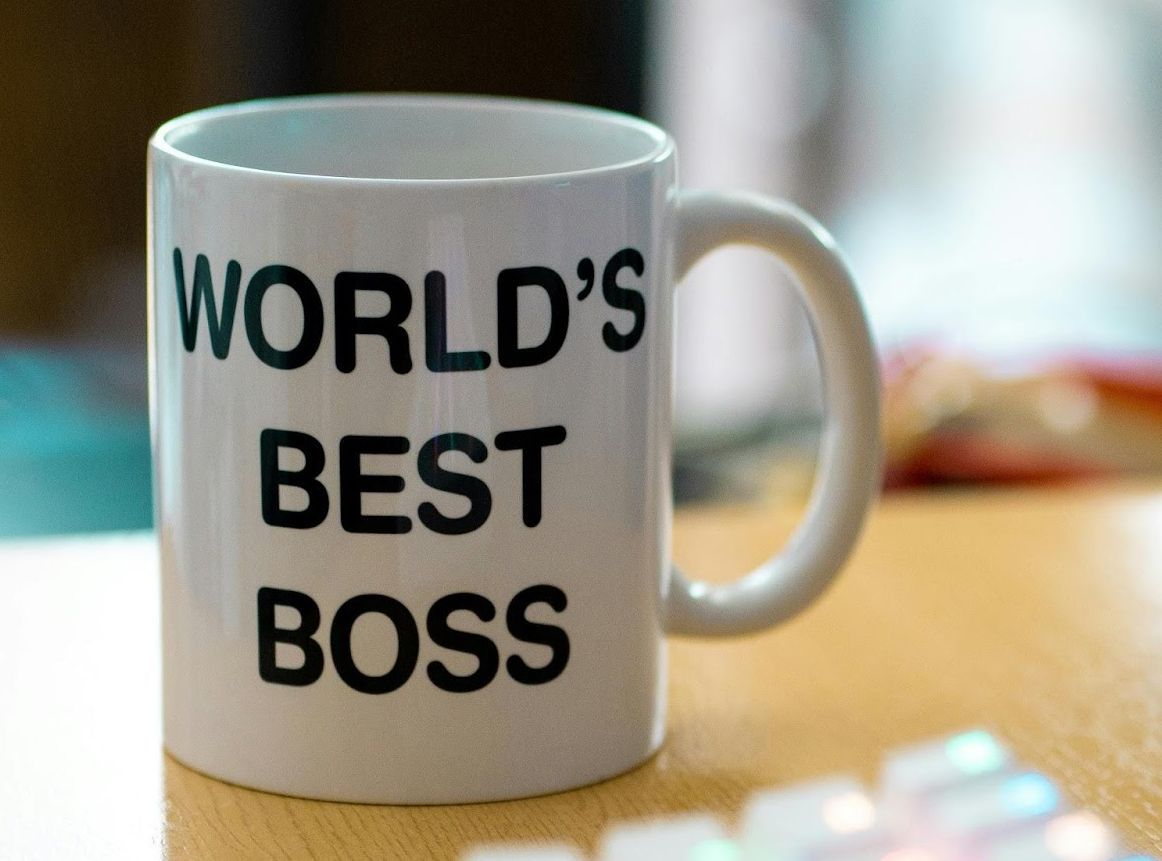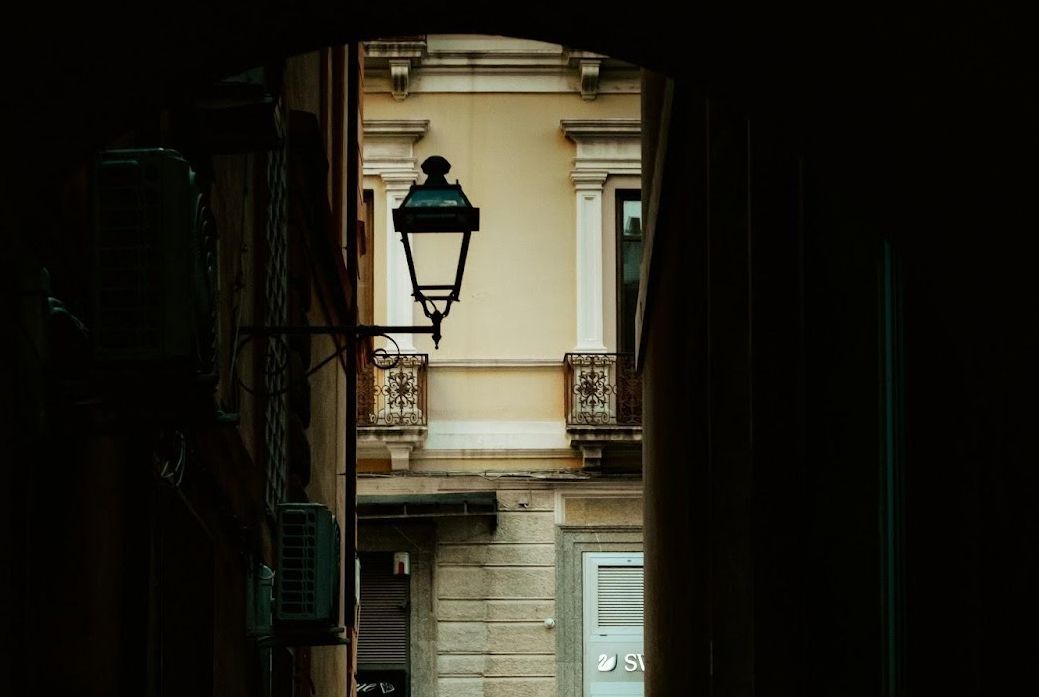You name it!
The English language has a cast of characters, and you are using them
Published on November 21, 2025
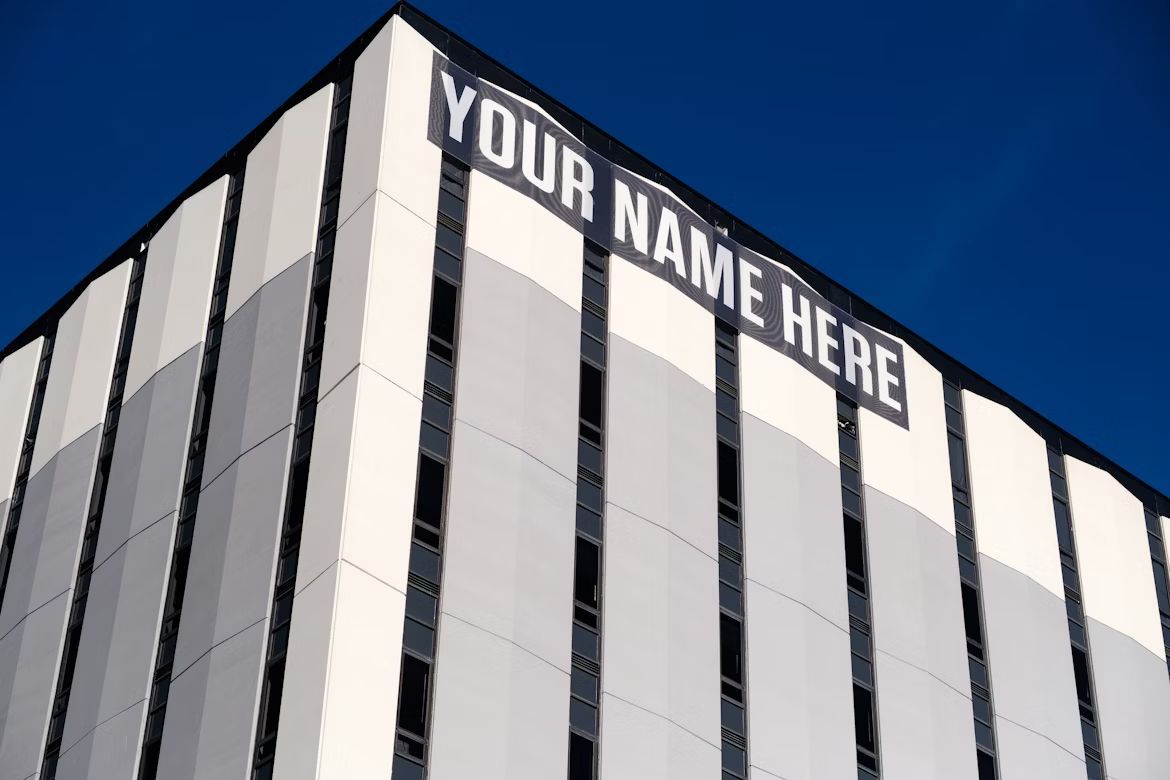 Credit: Austin Kirk
Credit: Austin Kirk
Ever blurted out, "for Pete’s sake!" without knowing who Pete is? You’re not alone. Our language is full of expressions that borrow names to make a point, crack a joke, or politely curse. From daydreamers and show-offs to mystery women and psychological slip-ups, these idioms appear in everyday conversation, often without much thought. But once you notice them, they’re impossible to ignore. So, let’s meet the characters hiding in plain sight!
For Pete’s sake, not again!
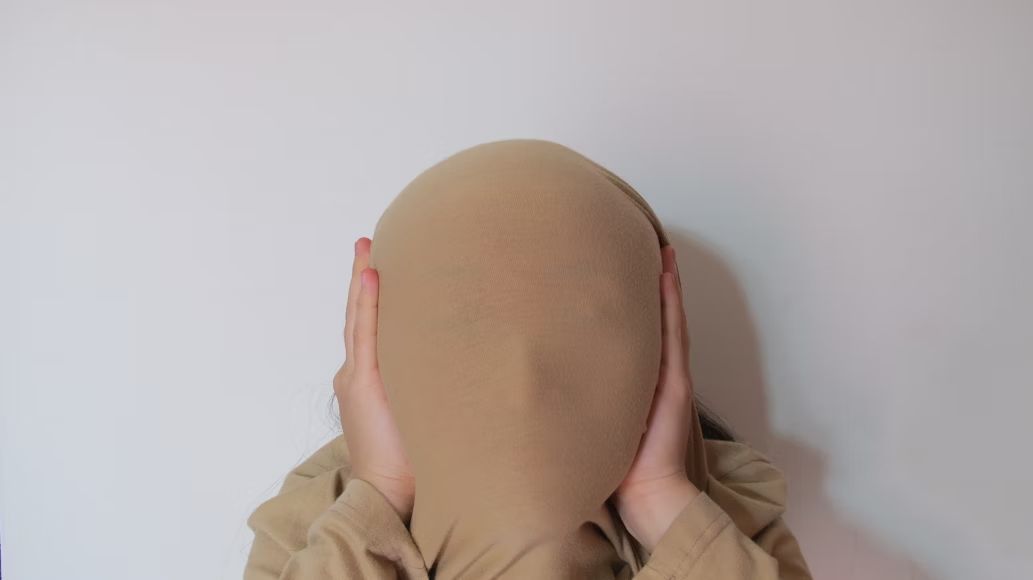 Credit: Yuan Rong Gong
Credit: Yuan Rong Gong
Poor Pete really can’t catch a break, huh? We call on him whenever we’re frustrated, flustered, or just fed up—usually without knowing who he is.
Most likely, "for Pete’s sake" popped up as a polite alternative to "for God’s sake," allowing people to vent without taking God’s name in vain. It has been in use since at least the early 1900s and still serves its purpose when your keys go missing or your computer freezes mid-email.
A Walter Mitty moment
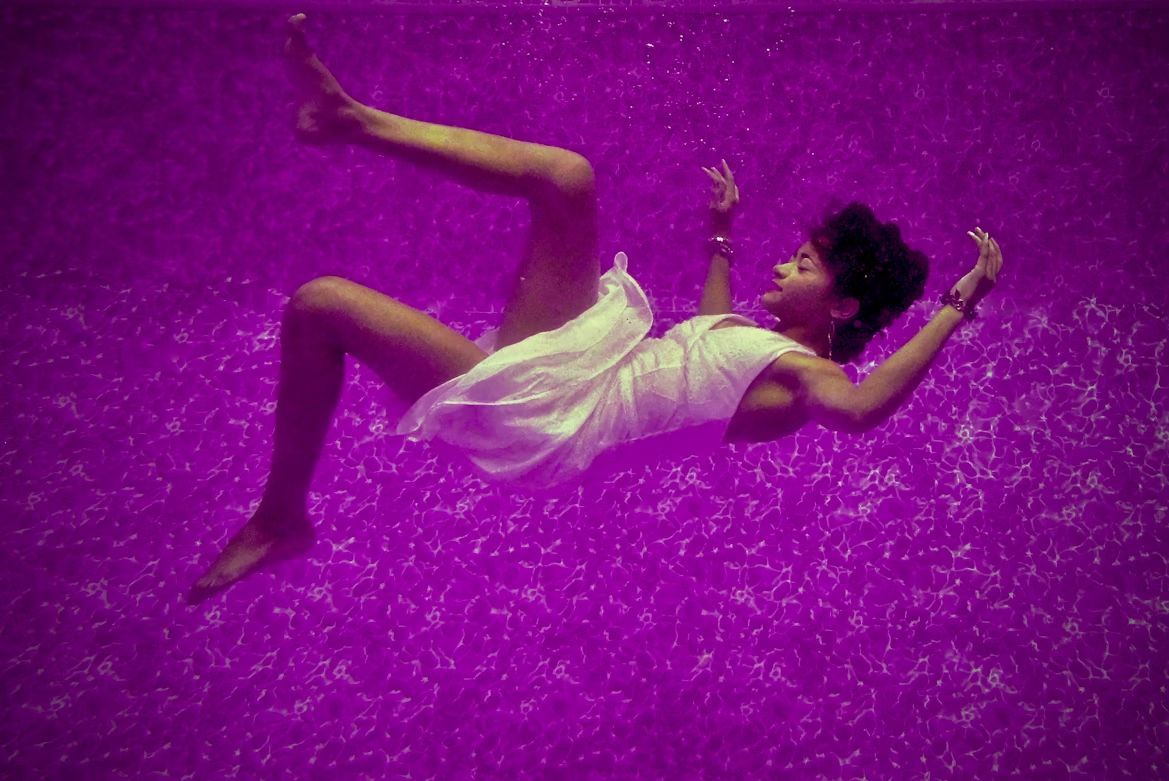 Credit: Bruce Christianson
Credit: Bruce Christianson
You’re halfway through folding laundry when you suddenly imagine accepting a Nobel Prize. Sound familiar? That’s a Walter Mitty moment.
The phrase comes from James Thurber’s 1939 short story The Secret Life of Walter Mitty, about a mild-mannered man who escapes his ordinary life through vivid daydreams. Today, it describes someone with big fantasies tucked inside a very ordinary life.
Taking the Mickey, are you?
 Credit: jaikishan patel
Credit: jaikishan patel
If someone’s taking the Mickey out of you, there’s no need to get defensive—it just means they’re teasing. It’s British slang for good-natured ribbing, like when a friend jokes about your loud Hawaiian shirt. The phrase likely comes from Cockney rhyming slang: "Mickey Bliss." Confusing? Maybe. But the meaning is simple—it’s all in good fun.
Everything he touches turns to gold
 Credit: Alexander Grey
Credit: Alexander Grey
Ah, the Midas touch—something we all wish we had when investing or buying lottery tickets. King Midas, from Greek mythology, could turn anything he touched into gold. In modern talk, someone with the Midas touch just can’t seem to fail—business deals, side hustles, even daily tasks. Everything they touch flourishes. Of course, Midas’s gift was also a curse: imagine turning your dinner into solid gold. No, thank you!
The Jekyll and Hyde switch
 Credit: Virginia Berbece
Credit: Virginia Berbece
Ever known someone who’s lovely at brunch and a storm cloud by dinner? You might have a Jekyll and Hyde person nearby. Naturally, the phrase comes from Robert Louis Stevenson’s story about a man with two sides: one refined, one monstrous. It’s a catchy way to describe mood swings or wildly different personalities in a single person. Are you one of these?
Happy as Larry
 Credit: Antonino Visalli
Credit: Antonino Visalli
Larry must’ve had a good thing going, because being "as happy as Larry" means you’re in great spirits. No one knows exactly who Larry was, but many believe it refers to 19th-century Aussie boxer Larry Foley, who was wildly successful—and rich. The phrase took off in Australia and New Zealand, and it’s stuck around ever since. Whoever he was, we owe him a happy one.
Hobson’s choice isn’t really a choice
 Credit: Victoriano Izquierdo
Credit: Victoriano Izquierdo
Ever been offered something with zero actual options? That’s a Hobson’s choice. It comes from Thomas Hobson, a 17th-century English stable owner who gave customers only one horse: take it or leave it. The term has come to mean any situation where you aren’t really given a choice—there’s only one road to take.
Jack the Lad shows off again
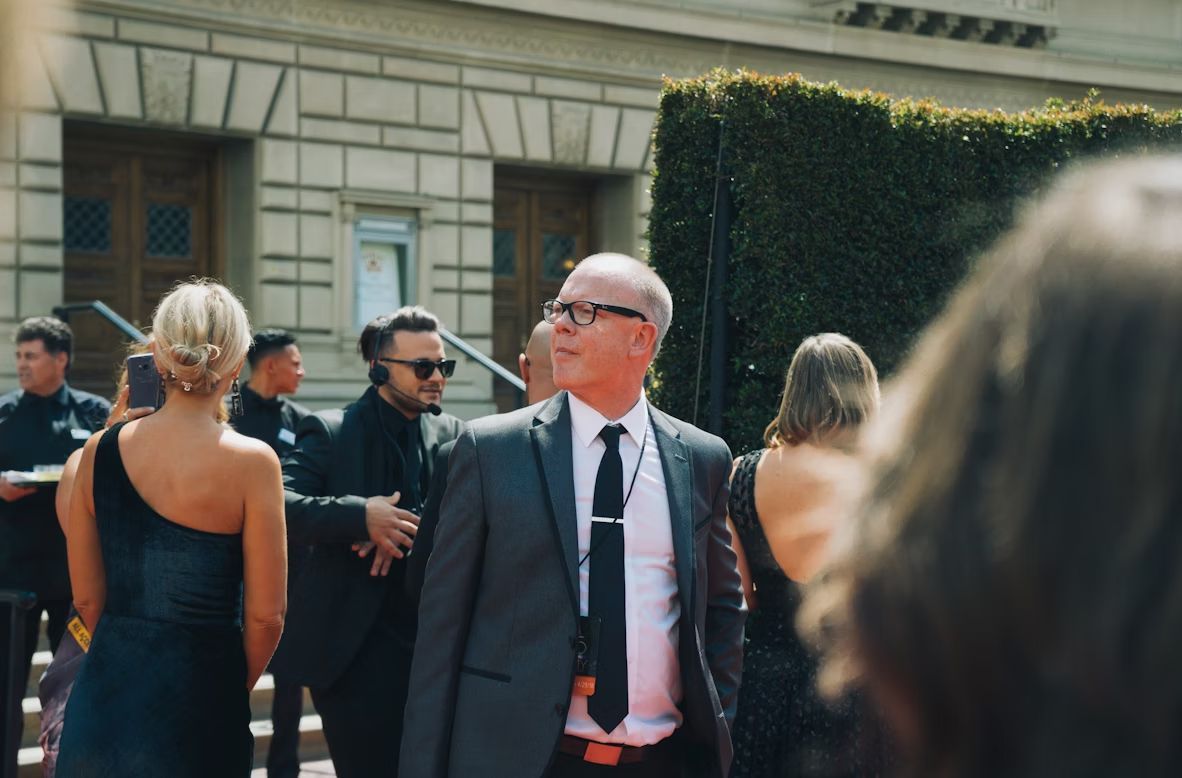 Credit: Anthony Fomin
Credit: Anthony Fomin
Jack the Lad is the guy who saunters into a room like it’s his stage. He’s brash, bold, and often charming in that roguish, slightly over-the-top way. The term comes from British slang and tends to describe a young man full of swagger and mischief. Not everyone loves a Jack the Lad, but you always notice when he walks in—probably because he makes sure of it.
A Jane Doe mystery
 Credit: Jon Tyson
Credit: Jon Tyson
When a woman’s name is unknown or needs to be kept private—like in a legal case—she’s often called Jane Doe. It’s the female counterpart to John Doe, a term used for centuries in legal documents. Though these names may sound generic, they serve an important purpose: providing privacy, maintaining anonymity, or identifying someone when no real name is available.
That was a Freudian slip… or was it?
 Credit: krakenimages
Credit: krakenimages
Saying "I love you" instead of "I like you"? Calling your boss "Mom"? That’s a Freudian slip. Named after Sigmund Freud, the idea is that these verbal mishaps can reveal hidden thoughts or desires. We’ve all experienced moments like this, right? They often happen at the worst possible times—job interviews, awkward family dinners, you name it. Freud would probably raise an eyebrow and say, "Tell me more."

